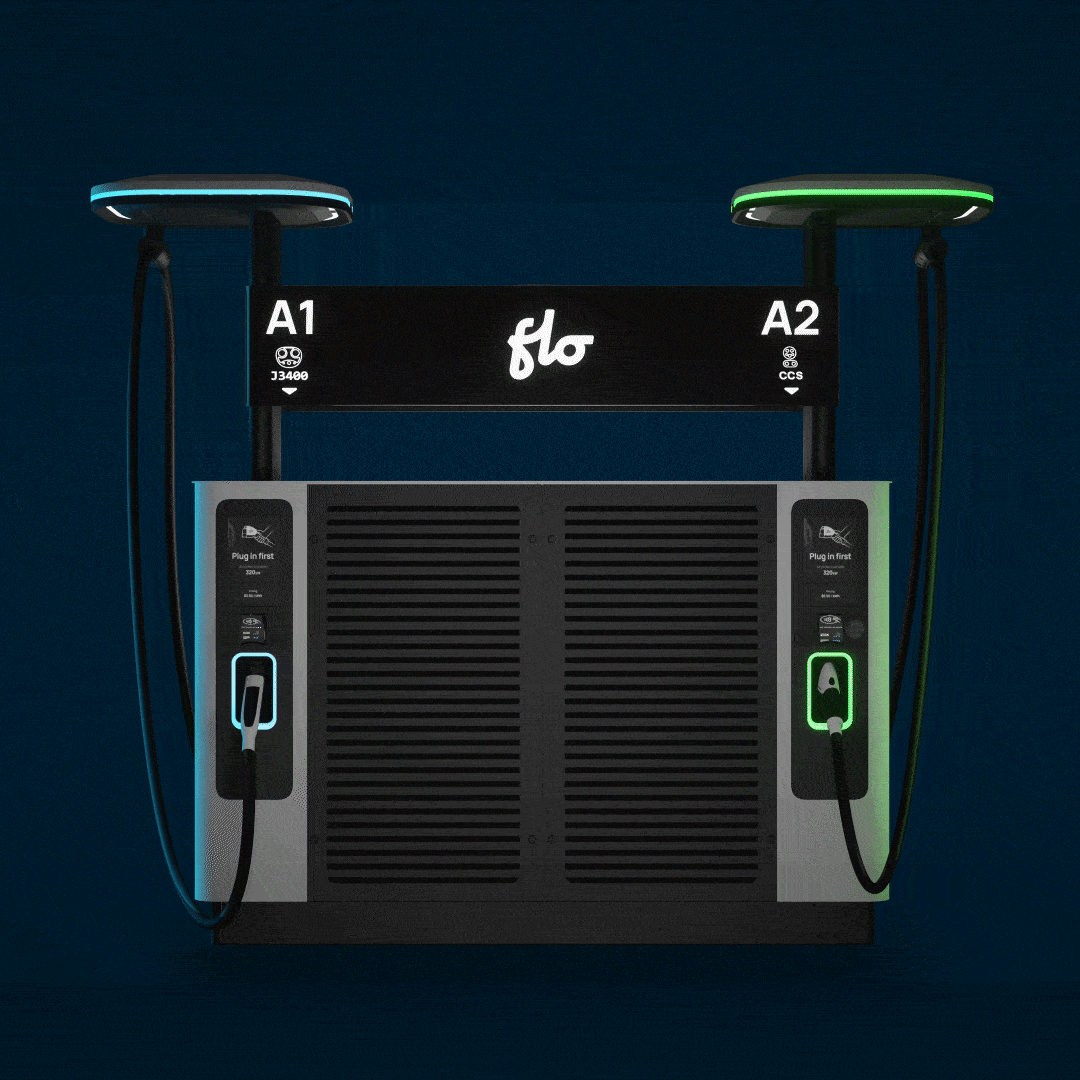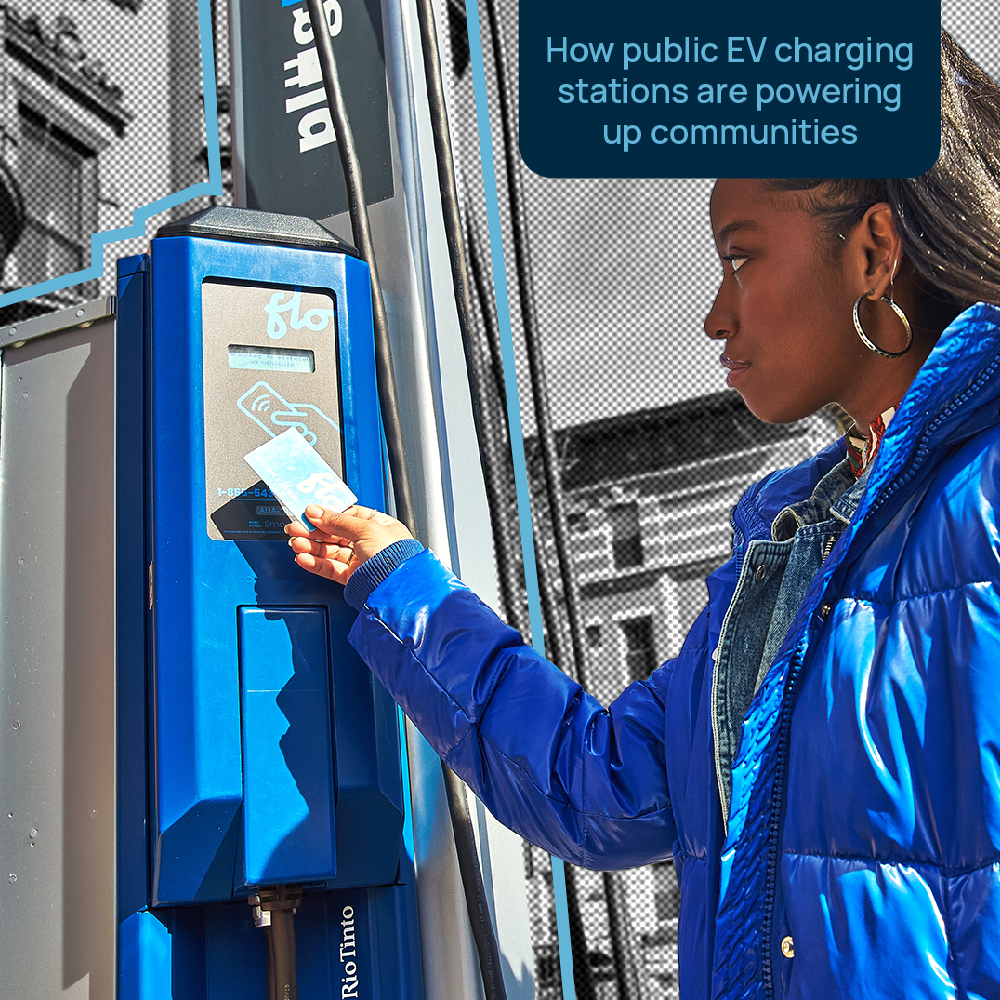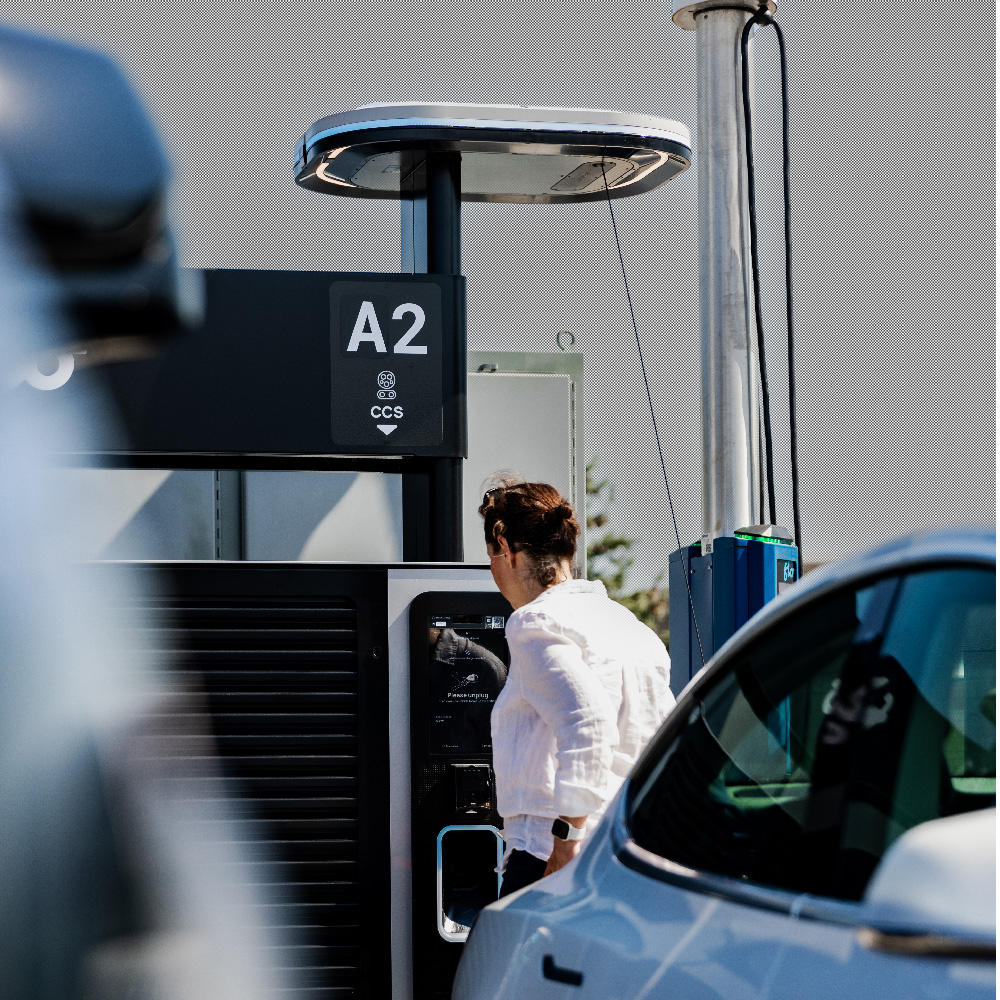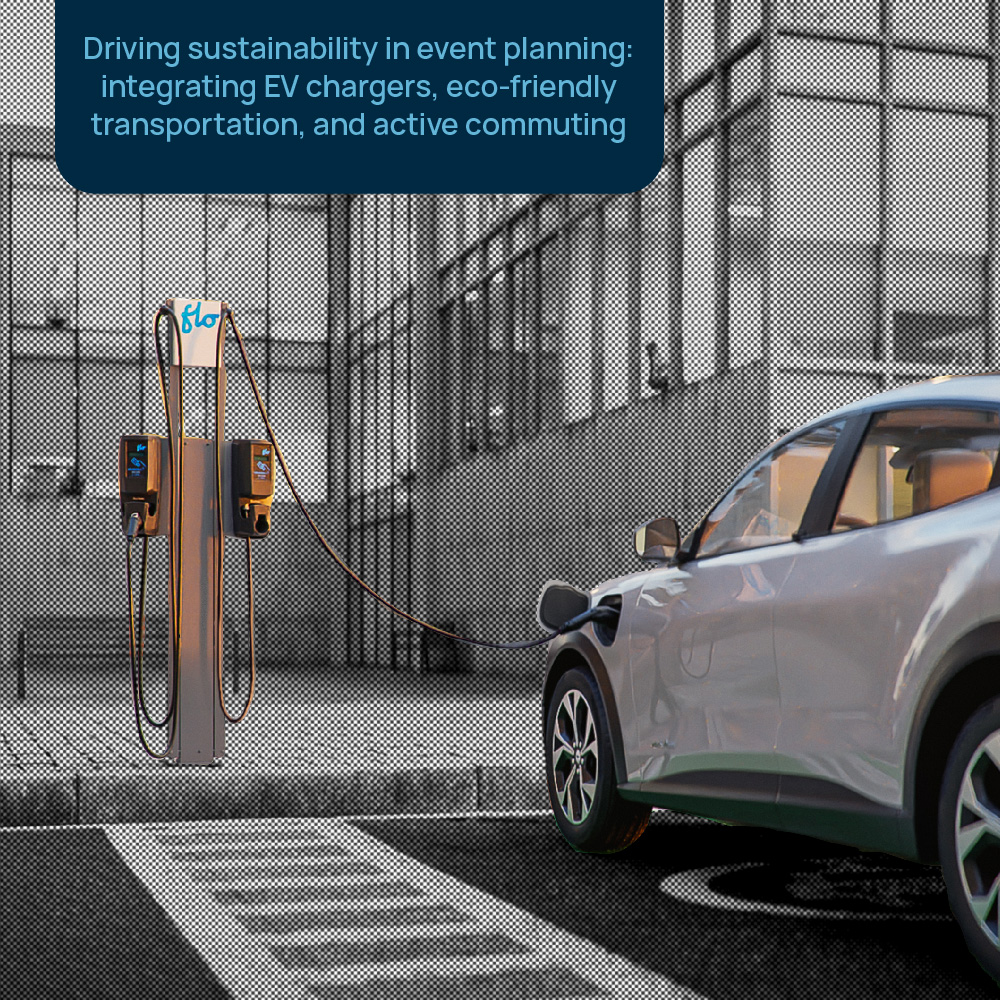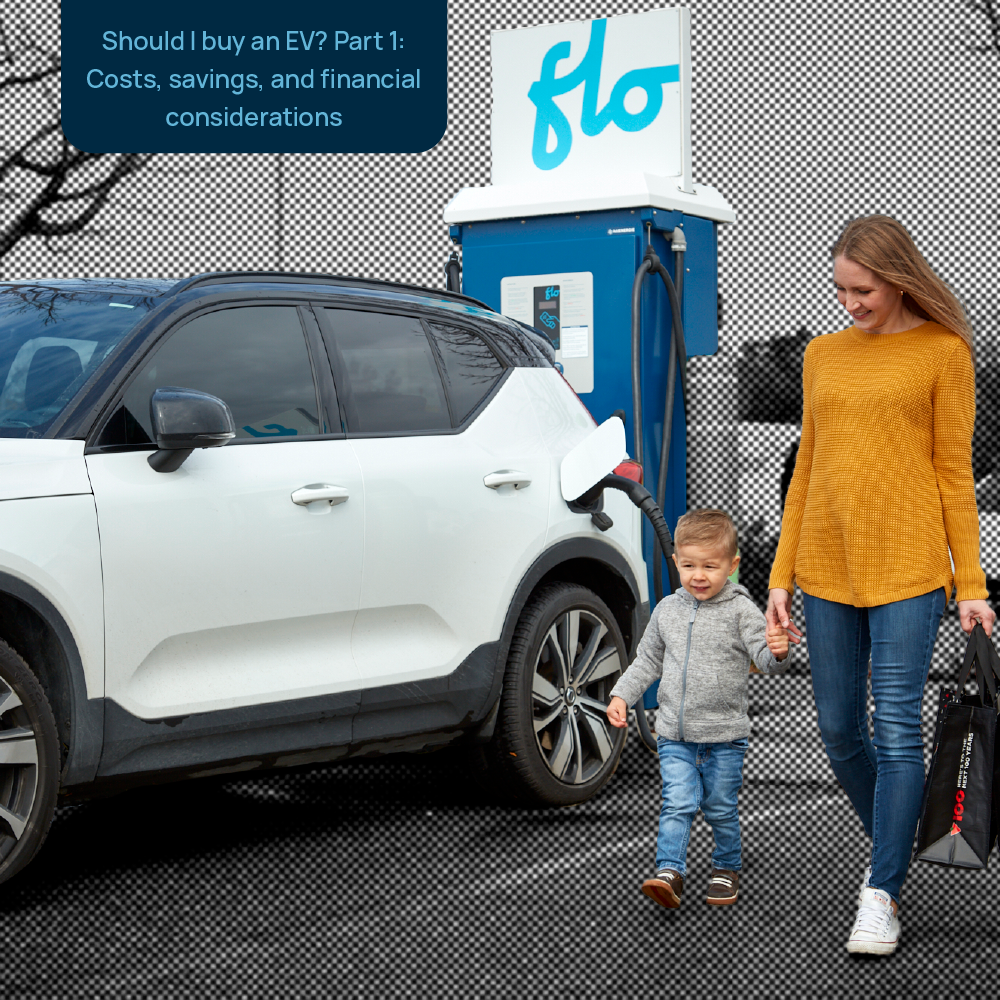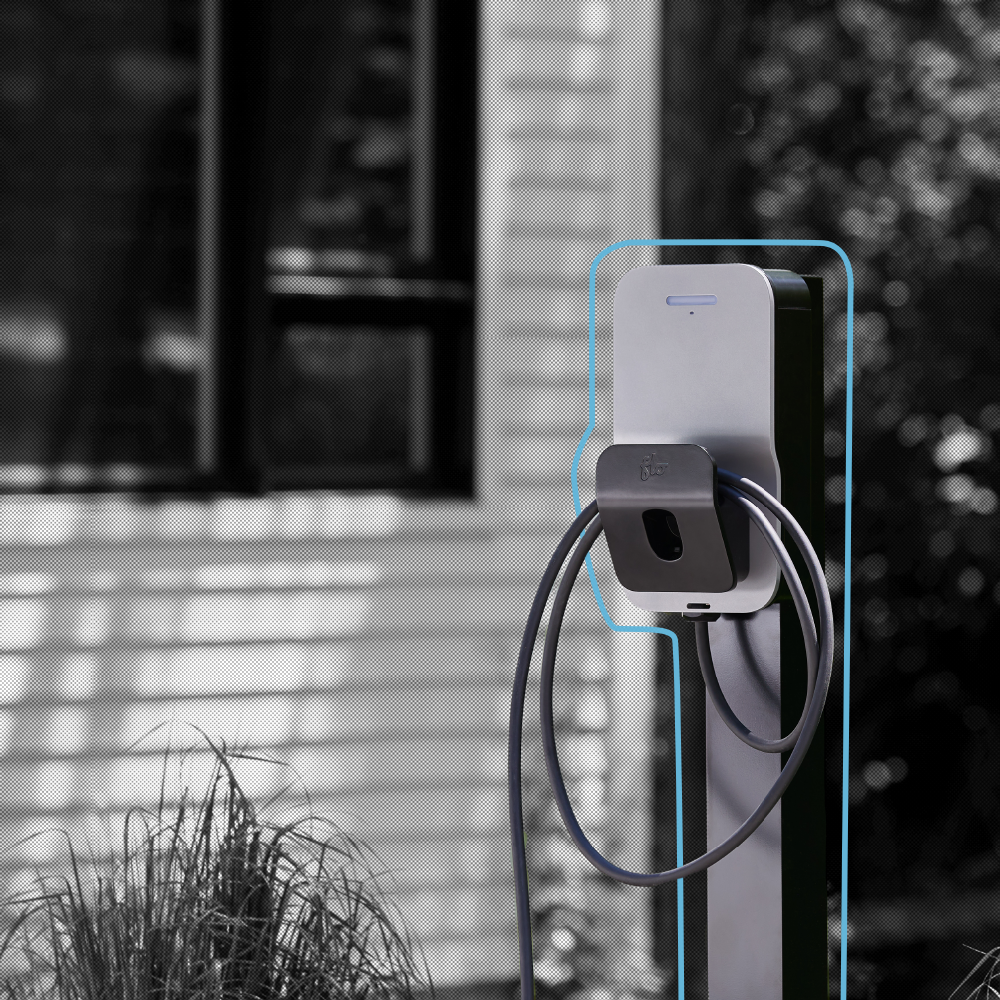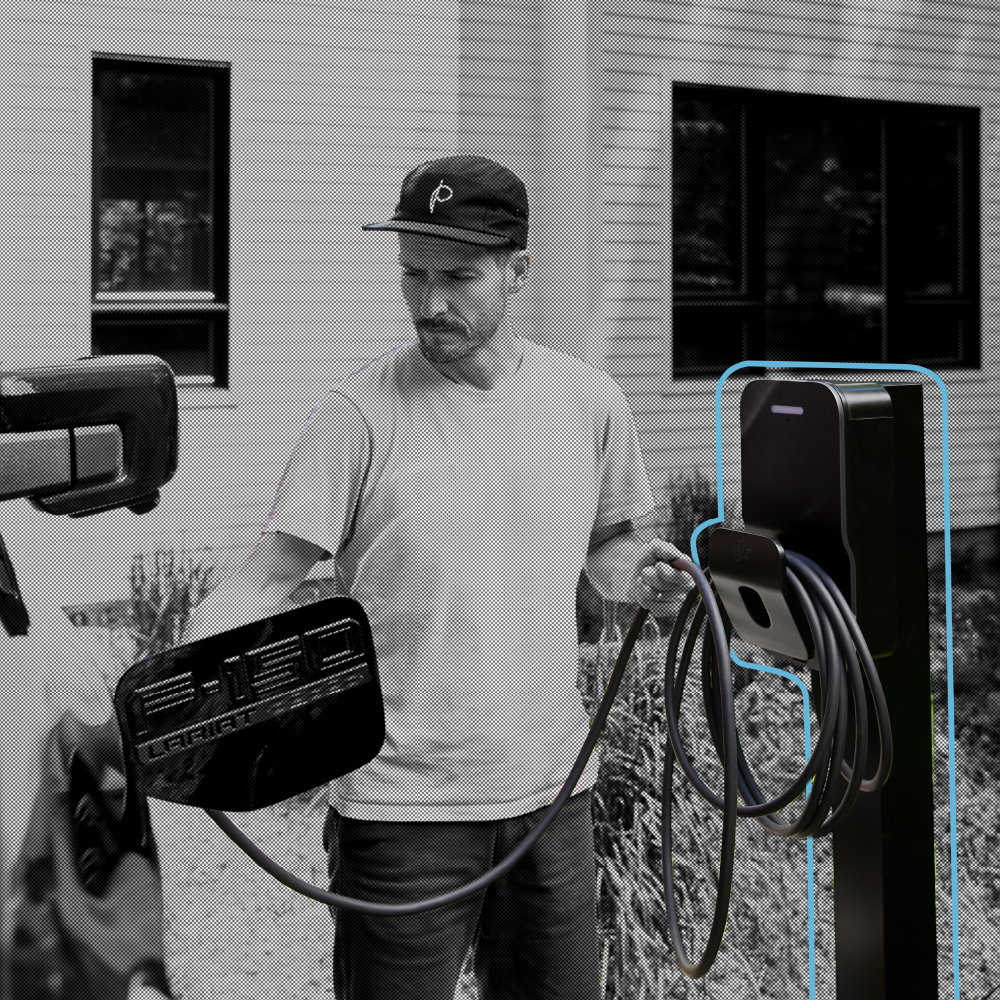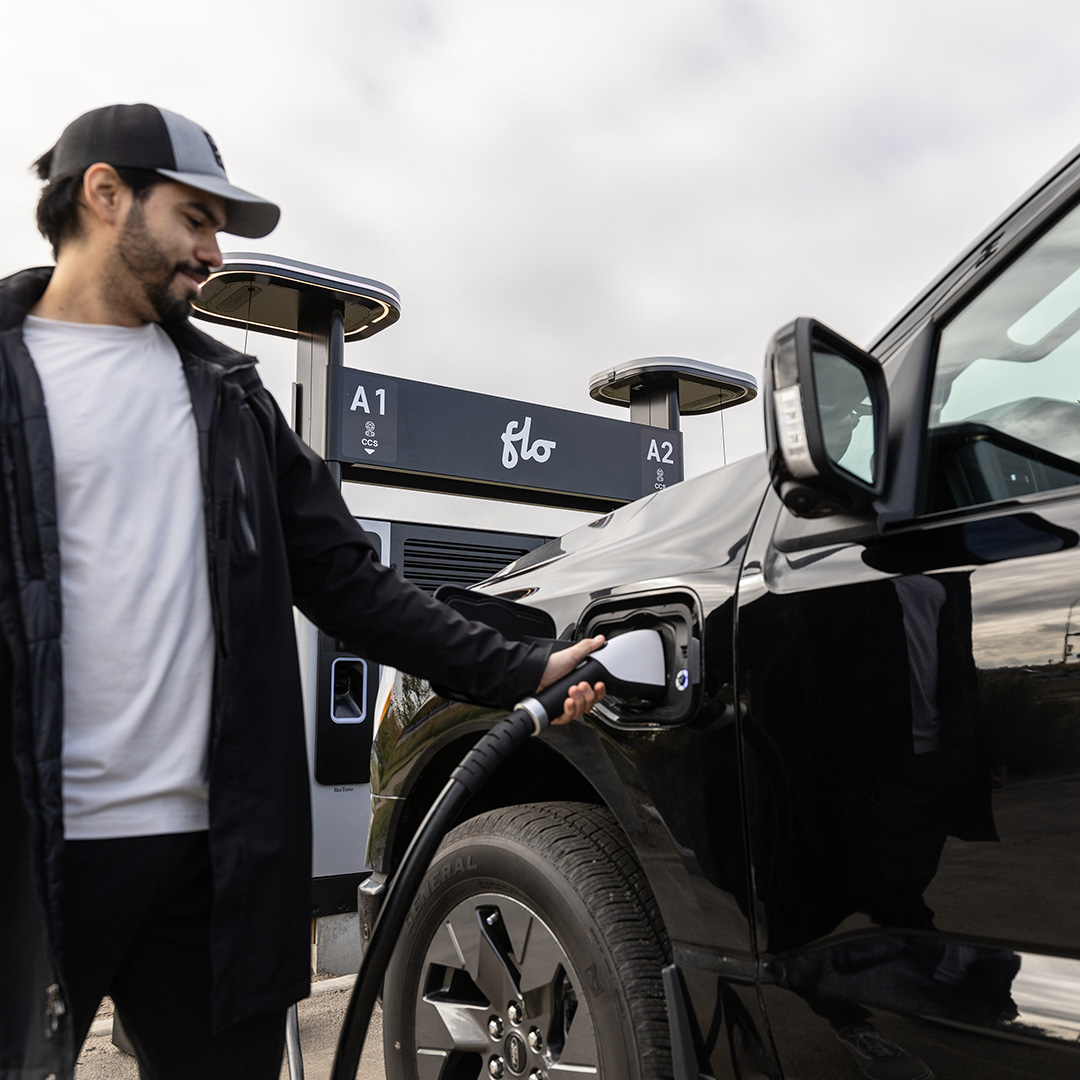More than a charge: how public EV charging stations are powering up communities
Public EV charging stations may seem like simple parking spots for electric cars to some, but there’s much more to these stations than meets the eye! Come along for the ride as we reveal how EV charging infrastructure is reshaping our neighborhoods for the better.
Charging up urban equity
Urban living is gaining traction, and so is figuring out EV charging without a driveway. Did you know that roughly 41% of Americans in major metropolitan areas live in multi-family homes (MFHs)? Similar stats are seen in Canadian cities like Toronto and Vancouver.
Many of these MFHs aren’t equipped for EV charging due to:
- Limited access to power.
- High costs of crucial infrastructure upgrades.
- Lack of incentives for property managers.
- Absence of dedicated parking.
- Property governance rules.
Equity data paints a concerning picture: residents from lower-income backgrounds, including Black, African American, Hispanic, or Latino communities, often find home charging out of reach. One possible solution ? Curbside or “home-adjacent” level 2 charging stations, offering a fair transition to EVs for everyone.
Want a deeper dive on this topic? Our expert’s series delves into this in detail.
Boosting local economies, one public EV charging station at a time
Picture this: a vibrant commercial neighborhood revitalized by the hum of electric vehicles. A father plugs in his EV and heads to the local bakery with his daughter to share a freshly baked croissant and hot chocolate. As his car charges, they stroll through independent boutiques and art galleries, supporting the very heart of their community. Nearby, a young professional catches up on work emails at a street-side café, sipping on a latte as her car charges. This bustling street scene is a testament to the transformative power of public EV charging stations.
Data supports this vision: in New York City, the average charging time at curbside stations is about three hours. Such dwell time encourages exploration and local spending. Thus, well-placed level 2 public charging stations don’t just increase foot traffic—they can help turn commercial areas into thriving community hubs.
Want to see the impact for yourself? Our video series showcases NYC business owners sharing their experiences.
Green travel hotspots: welcoming sustainable tourists
When planning a weekend getaway or a cross-country tour, today’s traveler is juggling more than just sightseeing spots and eateries. If they’re driving an electric vehicle, the availability of EV charging stations takes center stage in their plans. It’s a simple equation: no charger, no visit.
Here’s the opportunity for towns and cities: be the pit stop or even the primary destination these EV travelers choose. By installing fast-charging points, a community can pull these drivers right into their local scene. And with a whopping 69% of 2023’s travelers leaning into sustainable travel options, these chargers act as both amenities and magnets.
Curious about road trips with an electric twist? Our guide is a must-read.
Fueling the green wave: the charge behind EV adoption
Drivers are increasingly leaning towards sustainable choices, and major automakers are amplifying this sentiment by committing to turning their entire fleets electric. Some governments are playing their part too, adopting Zero Emission Vehicle (ZEV) mandates. However, the success of these initiatives relies heavily on one thing: widespread availability of charging stations.
A common hesitation for potential EV adopters is, “Where will I charge it?” Recognizing this concern, cities are stepping up to alleviate it. New York City’s experience speaks volumes. From summer 2021 to December 2022, the number of EVs in the city saw a significant uptick, and the number of unique users on the public charging network grew by an impressive 83% in just the first half of 2022. Looking ahead, by 2030, NYC anticipates needing over 40,000 public Level 2 chargers to cater to the expected 400,000 EVs.
NYC is an example of the synergy between EV adoption and the availability of chargers.
Elevating property appeal: the jolt of innovation
If you are a homeowner, you know the importance of staying ahead of the curve, ensuring that your property remains desirable. Traditional elements like a beautiful garden or a renovated kitchen have always been surefire ways to add value. But there’s a new attraction: electric car charging stations.
Even if you’ve never considered driving an electric vehicle yourself, it’s undeniable that the world around you is plugging in. Now, imagine the appeal of your property, nestled in a neighborhood that’s “EV-ready.” For some people this means installing a home station in their garage or driveway. But even if your home can’t have its own charging station—for example if you live in an older multi-residential unit or a house without dedicated parking—having public chargers nearby is the next best thing. It’s like having a top-rated school or park in the vicinity, but for the eco-conscious era.
Redefining urban landscapes: sleek and space-saving designs
The integration of new infrastructure often raises eyebrows, especially concerning its impact on neighborhood aesthetics. Yet, in many urban settings, the latest EV chargers, especially Level 2 types, are popular. Some designs are sleek and seamlessly integrated, allowing them to blend effortlessly without causing visual clutter. In fact, many can even be mounted on already-existing structures, like street light poles, making the most of available space.
Take the project between FLO and the Los Angeles Bureau of Street Lighting as an example. After the city’s transition to LED lighting systems, there was an excess of available power. Recognizing an opportunity, LA swiftly repurposed this surplus by integrating EV charging stations into their lighting infrastructure. The result: 75 SmartTWOTM charging stations set up in a mere 90 days, proving modern infrastructure can be both unobtrusive and effective.
Prioritizing safety: a benchmark in EV charging
You might be wondering if public EV charging stations are safe, especially as they become a more common sight in neighborhoods. However, EV chargers, especially those from reputable providers, are designed with both safety and aesthetics in mind. Unlike traditional fuel stations, properly installed and safety certified EV chargers don’t risk spills, water contamination, or bad smells. The best stations are safety certified to deal with environmental and physical risks, ensuring they’re safe when exposed to the elements (even in harsh climates!).
As the industry is gaining a better understanding of user needs, some of the newer charging models, like the FLO Ultra fast charger, are integrating added features such as enhanced lighting to aid nighttime visibility. This isn’t just about convenience; it’s about ensuring a safe experience for everyone, from the user to the passerby.
The world is shifting gears, and public EV charging stations are driving that change. They’re not just for drivers; they’re for communities, for equity, for the environment, and for the future.

